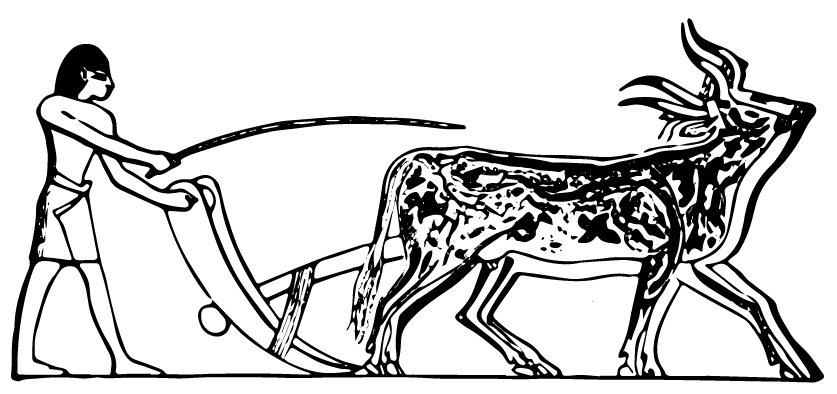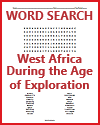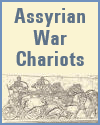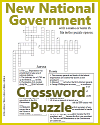| Ancient Egyptian Plowing |
|---|
| www.studenthandouts.com ↣ World History ↣ Ancient Egypt ↣ Ancient Egypt Maps & Pictures |
 |
|
Ancient Egyptian Plowing: The plow is of wood, drawn by two cows. Notice how the two are shown, a convention of Egyptian art. Click here to enlarge. Agriculture along the Nile River was the basis of the of the ancient Egyptian economy. Farming was the cornerstone of ancient Egyptian society, and the fertile Nile River valley made Egypt one of the most agriculturally productive regions in the ancient world. Dependence on the Nile River: The Nile River was the lifeblood of ancient Egypt. Its annual inundation, which occurred predictably each year, deposited nutrient-rich silt onto the land, rejuvenating the soil and making it highly fertile for agriculture. Flooding and Irrigation: The annual flooding of the Nile during the inundation season (July to November) was a natural event that provided water and silt to the fields. To manage water distribution, the ancient Egyptians constructed an extensive system of canals, dikes, and reservoirs. They practiced basin irrigation, which involved flooding fields and then letting them dry to avoid soil salinity. Crop Cultivation: Ancient Egyptians grew a variety of crops. The primary crops included wheat and barley, which were staples for making bread and beer. Other important crops included flax for linen production, various vegetables like onions and leeks, and fruit trees such as date palms and figs. They also cultivated papyrus, which was used for writing and boat construction. Crop Rotation: The ancient Egyptians practiced crop rotation to maintain soil fertility. They alternated crops between fields each season to prevent soil depletion. Labor Force: Farming in ancient Egypt was labor-intensive. Much of the workforce was dedicated to agriculture, including farmers, laborers, and servants. In some cases, conscripted labor was used to work on large state-run farms. Domesticated Animals: Animals were an essential part of Egyptian agriculture. Oxen were used for plowing fields, and donkeys carried produce. Ducks and geese were kept for their eggs and meat. The ancient Egyptians also herded cattle, sheep, and goats. Harvest and Storage: Harvesting was done by hand, often using sickles or scythes. Grain and other crops were stored in granaries for future use. These granaries were built to protect the harvest from pests and flooding. Surplus and Trade: Egypt's agricultural abundance allowed for surplus production. The surplus was often taxed by the state. It also provided opportunities for trade with neighboring regions, exchanging foodstuffs for goods like wood, stone, and minerals. Role of Priests and Temples: Temples played a central role in managing agricultural activities. They owned vast estates and employed farmers. The priests also played a key role in overseeing the allocation of resources and the proper execution of rituals to ensure good harvests. Religious Significance: Farming and agriculture held religious significance in ancient Egypt. Many agricultural practices and seasons were linked to the Egyptian pantheon of gods, and rituals were performed to ensure a bountiful harvest. Farming in ancient Egypt was highly productive and formed the foundation of the civilization's economy. The Nile's annual flood and the sophisticated irrigation systems allowed Egyptians to grow a variety of crops, sustaining a complex society for thousands of years. |
 |  |  |  |  |  |
| Ancient Egypt Books and Films | Ancient Egypt Outlines and PowerPoints |
| Ancient Egypt Maps and Pictures | Ancient Egypt Study Games |
| Ancient Egypt Miscellany | Ancient Egypt Worksheets |
| www.studenthandouts.com ↣ World History ↣ Ancient Egypt ↣ Ancient Egypt Maps & Pictures |








